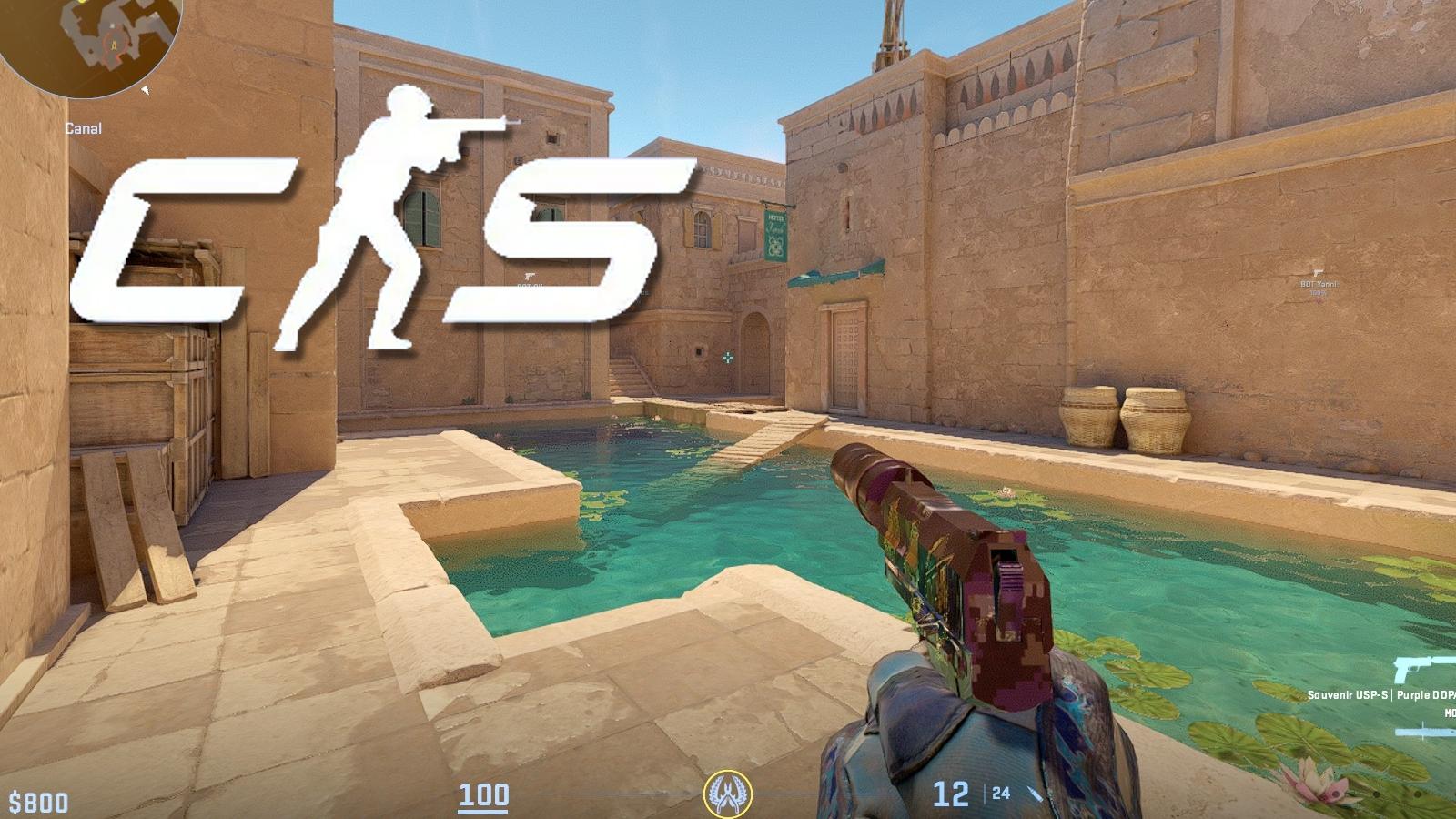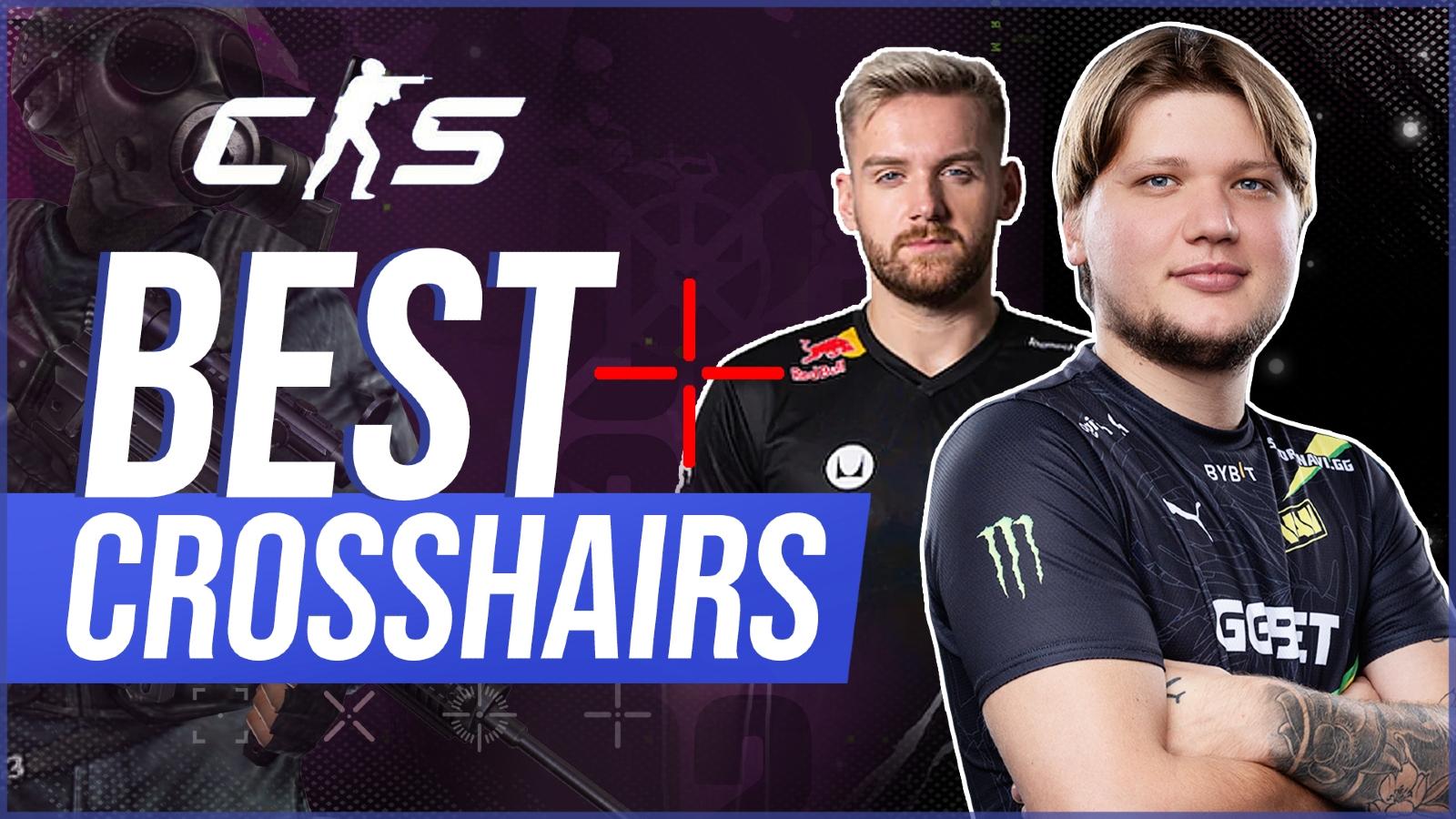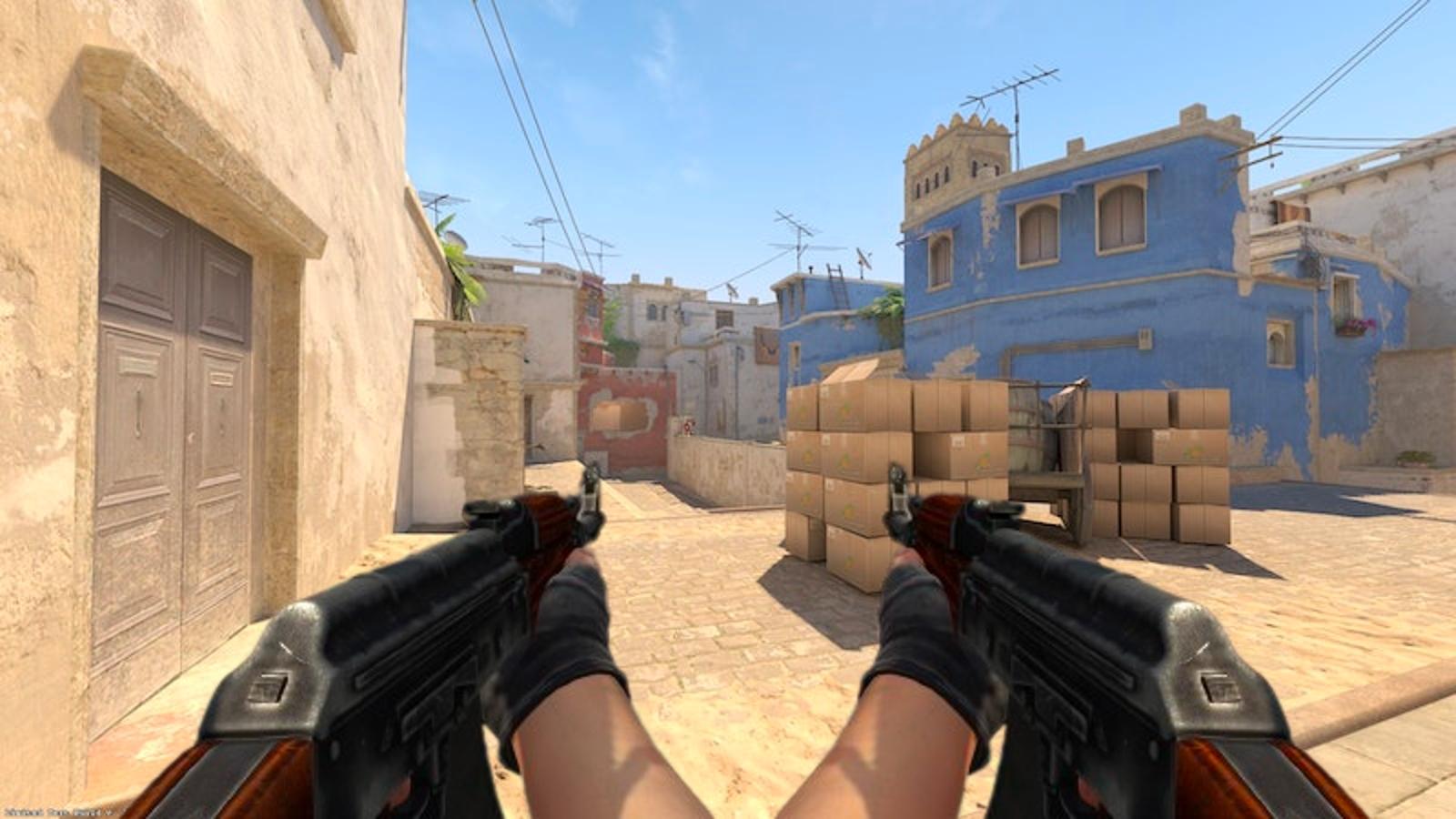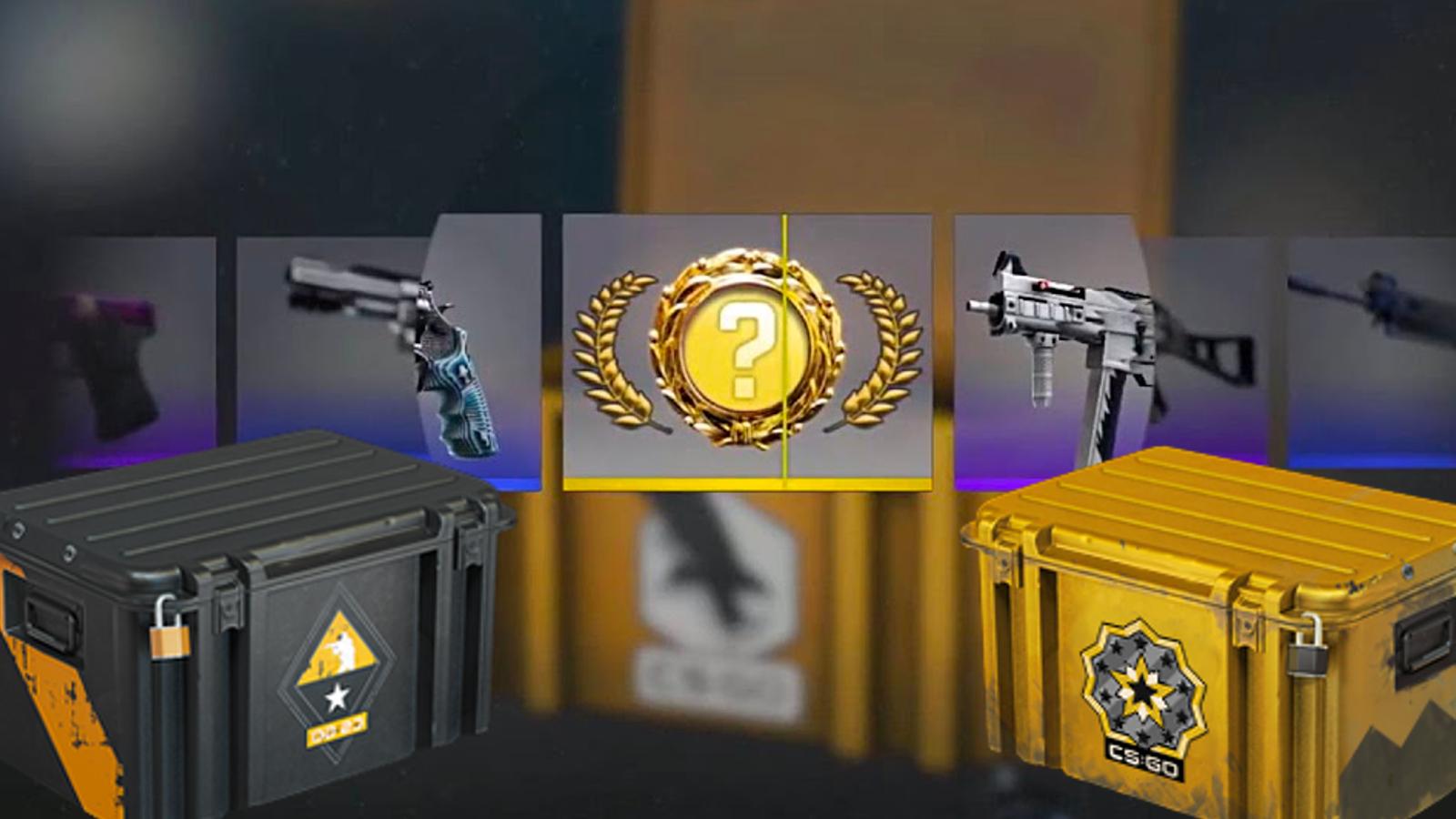Stuchiu: What does Impact mean in CSGO?
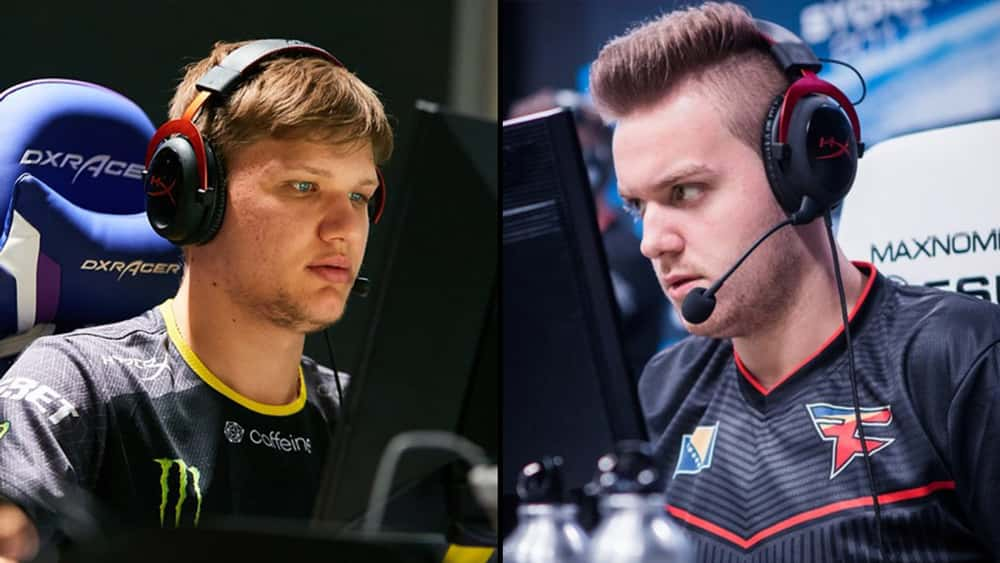 StarLadder / ESL
StarLadder / ESLImpact is one of the most varied and flexible terms in the CS:GO lexicon. It is an important term to define as it encompasses a lot of the player actions that don’t fall into the normal statistical categories. Since the term is so broad, I wanted to define the multifaceted aspects of what impact really is in the esport.
For the purposes of this article, impact is defined as an action a player makes to increase their chances of winning. What’s more, the action cannot be easily quantified into a hard number.
To understand what I mean, we need to lay out the basic rules of CS:GO – the first team to win 16 rounds wins the match. Therefore actions that have a significant effect on winning multiple rounds have more impact.
[ad name=”article1″]
Objectifying Impact
There have been multiple attempts to objectify impact. HLTV, for instance, has an impact rating that uses a formula that considers multi-kills, opening kills, 1vX, and other variables. As time goes on, it’s likely that statisticians will find new ways of quantifying these statistics as understanding increases and new models form.
This is why getting a multi-kill on the pistol has more impact than getting a multi-kill on a normal round as it increases a team’s chances of netting 1-2 extra rounds. This same logic applies for players that can find multi-kills on force-buy rounds, the most egregious example being Oleksandr ‘s1mple’ Kostyliev in 2018.
One of the problems with defining impact through this method is that rounds won’t always be converted. In 2019, teams often won the pistol round against Liquid, but Liquid were absolute gods of the second round and won the subsequent force-buy. This brings up a conundrum of objectifying impact. Namely, that impact has two subsets: potential and actualized.
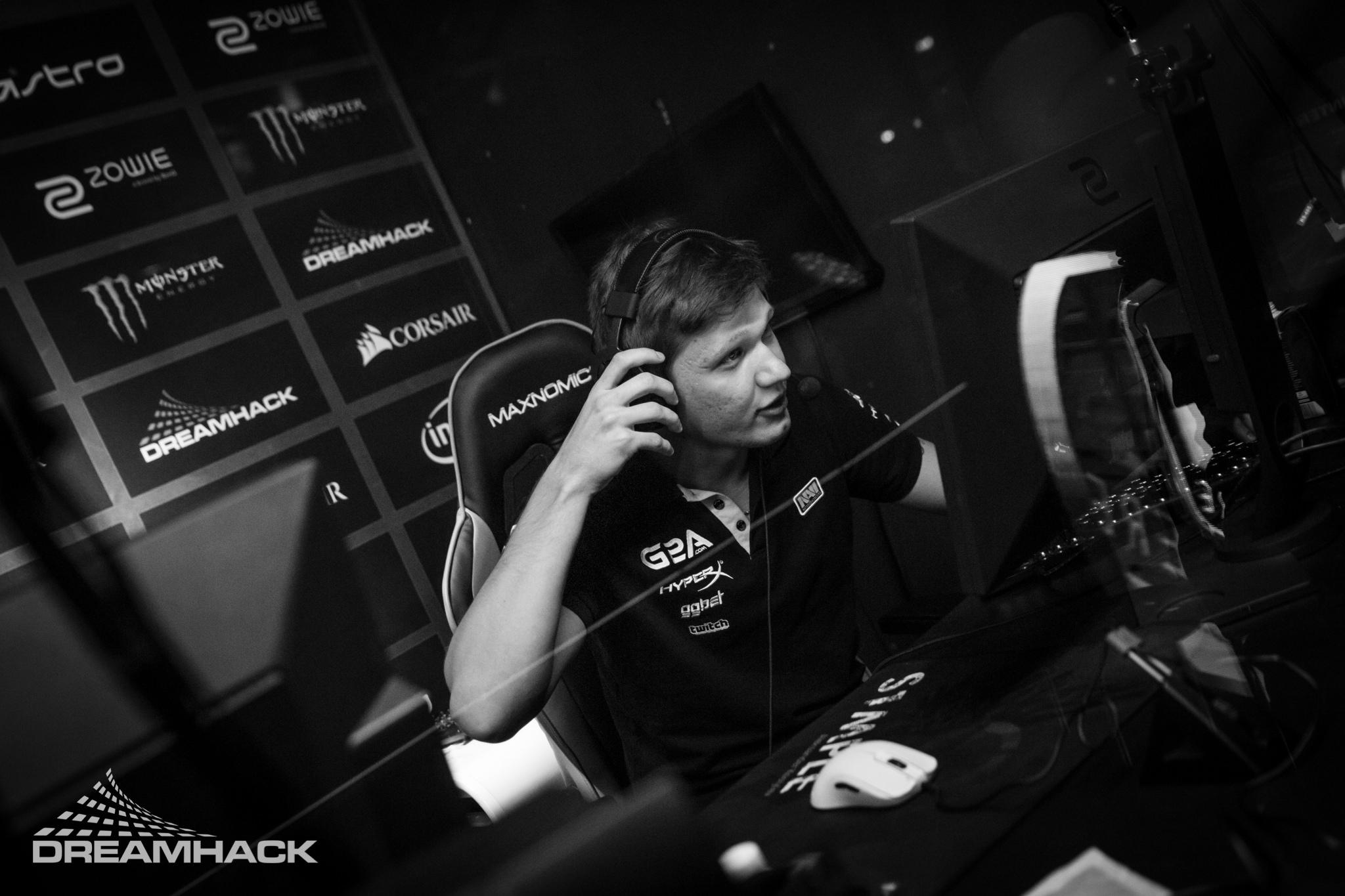 Adela Sznajder for DreamHack
Adela Sznajder for DreamHack[ad name=”article2″]
Potential impact is our perception of how the winning chances increase with a particular action while actualized impact is when that impact comes into fruition. Splitting impact into these categories creates its own problems. I’ll give two brief examples.
At the CS:GO Asia Championships, Ozgur ‘woxic’ Eker had a massive 1v3 impact round against TyLoo when Mouz were down 8-15 on Inferno. Woxic won the round and then Mouz made the comeback in overtime.
If Mouz fail to make a comeback and lose the subsequent round, how does that change the impact of those particular kills? What if Mouz almost make a comeback, does that make the impact of those kills less significant in the grand scheme of things? These are questions without obvious answers to them.
[ad name=”article3″]
Another example is the Vitality team in mid-2019. Mathieu ‘ZywOo’ Herbaut had multiple rounds where he pulled off an amazing play in an eco break situation where the other team was forced to eco the following round. While those kills had high potential impact, they had lower actualized impact as Vitality had serious problems when it came to winning eco rounds.
Scenarios like this are what make impact such an interesting concept to break down as impact changes based on our models, perceptions, and results.
Impact Kills
“Two points is not two points.” – LeBron James.
Impact is most often talked about in terms of impact kills. In that sense, HLTV’s impact rating is useful as a base guideline for what the general consensus considers impact kills – namely, 1vX kills, multi-kills, and opening frags. While it’s a good place to start, there are a lot of variables change depending on the players, team, round, or general context of the match.
For instance, everyone can understand that in a 5v5 scenario, the player who gets the first pick and gets away safely has created a lot of impact on the round as he put his team in a 5v4. If his team plays out the trading game correctly, they have a massive chance of closing the round (this was one of the key concepts that the LG/SK lineup used to become the best in 2016-2017). So how much impact does a revenge frag have in this situation? Is it equal to the first opening kill or less than an opening kill?
[ad name=”article4″]
Imagine these two examples for a moment:
In the first scenario, think of when Fernando ‘fer’ Alvarenga goes for a CT-side entry into a two man-pack. He gets the first kill but is traded. Then imagine another scenario where fer gets a 1v1 duel and wins it, but on the other side of the map, another player on the enemy team wins a 1v1 duel against someone else on the same team.
In both situations, the round ends in a 4v4 situation. However, the player who won the 1v1 duel is more impactful than the player who traded by virtue of the difficulty of the frag he got. The reasoning is simple: the player who won the 1v1 duel had to win a less likely scenario, therefore he had to do more. The player who traded fer was in an optimal tactical scenario, whereas in a standard situation, he is supposed to trade his teammate.
Impact kills don’t only measure how much any particular chance a kill has for increasing the odds of winning a match, it also measures the difficulty of said action. This is why s1mple getting an opening duel with a deagle is more impressive than a regular player getting a kill with a rifle or AWP.
Another piece of context to consider is positioning. In the board game of Go, there is a concept called “Dead Stones.” This concept refers to situations where your stones/pieces on the board are figuratively dead as they have no chance of survival. That concept can be applied to CS:GO as there are tactical situations where a player is tactically dead and it’s considered a great play if they can even manage one.
We see a concrete example from this in the IEM Chicago 2019 finals between ENCE and Liquid on Inferno.
In the 23rd round at around the 38-second mark, Russel ‘Twistzz’ Van Dulken is in a dead position as he is in a 1v3 situation. He gets the first kill, but at this point he should be traded. Instead he delays and manages a second kill. These two kills have more impact than a typical CT-side crossfire spraydown defense as the floor of execution for this play is extremely high.
One final thing to consider when looking at impact is who a player killed. In the PGL Krakow Major quarterfinals, Astralis played against SK on Overpass. Nicolai ‘dev1ce’ Reedtz consistently got the opening pick on Gabriel ‘FalleN’ Toledo. While an opening kill already has high impact, those particular kills had more impact than usual as FalleN was SK’s key defensive player for Overpass and by forcing SK into a 4v5 situation, fer couldn’t use his super aggressive CT-side style as the risk became too high.
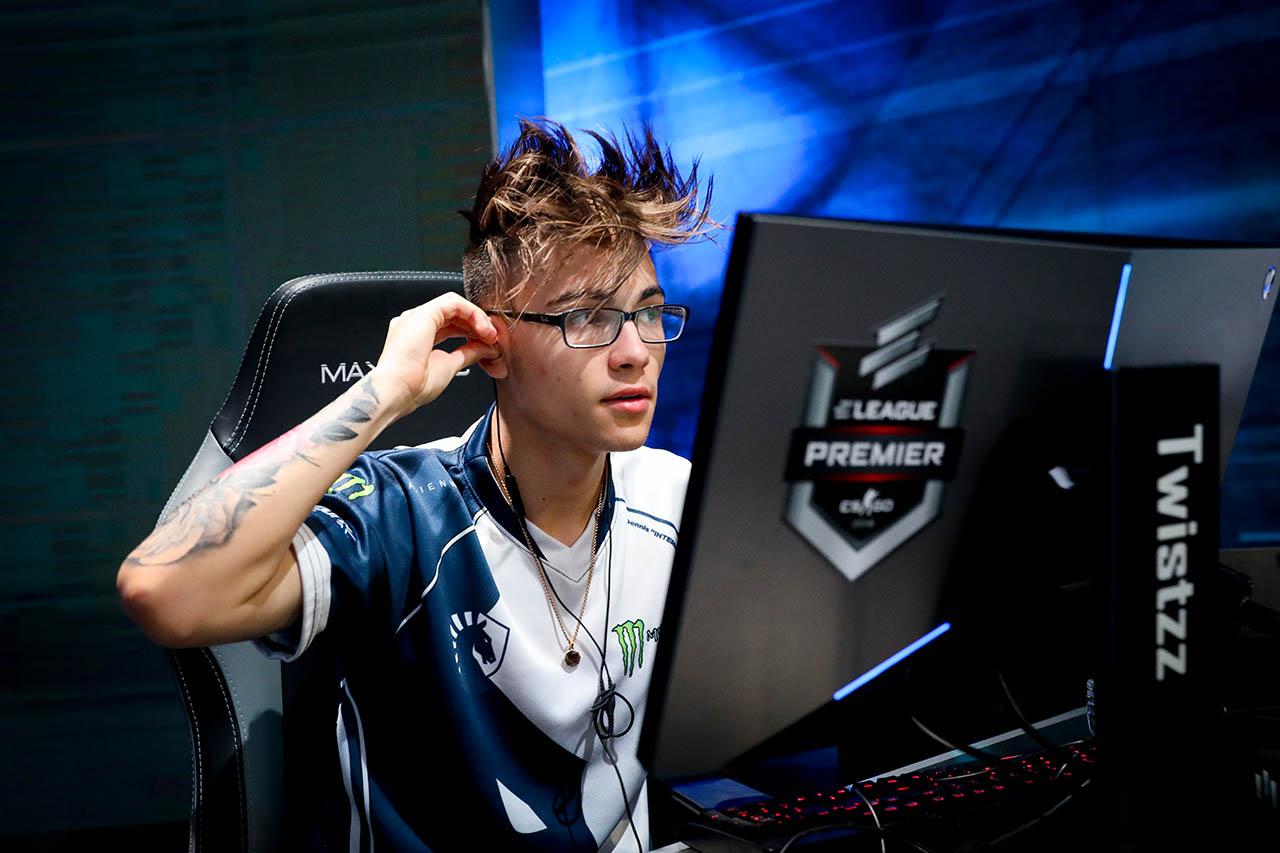 ELEAGUE
ELEAGUEIntangible Impact
For the rest of this article, I’ll be talking about more esoteric applications of impact. The first is intangible. The three players I picked out to represent this are: Epitacio ‘TACO’ de Melo, Jake ‘Stewie2K’ Yip, and Martin ‘STYKO’ Styk. Throughout his career, TACO has been called a support player and as a support player we’ve seen him have an impact on the game without ever getting a kill. The two most notable ways we know of are space-creation and economy recording.
In the first case, TACO was often used as a sacrificial entry player. He was the first man to go in, but instead of trying to get an optimal duel, he ran headfirst, jumping, and drawing all of the utility so that his teammates could get easier trade kills. As for the second, TACO used to read the economy and report the money to his team almost every round.
I used to read the economy and also communicate the opponents’ money to my team almost every round.
Today I announce that I’m retiring from this position and will focus only on playing CS:GO.
— Epitacio de Melo (@TACOCS) March 14, 2019
Stewie2k is the current hype-man or glue guy of Team Liquid. One of Liquid’s biggest hurdles is their mentality. When Stewie2k entered the scene, he became a pillar as his mentality seeped into the others and it was one of the reasons why Liquid were so dominant in mid-2019.
A third example is STYKO. Back when he was playing for Mouz from late 2017 to early 2018, he was helping the communication in the team. When he died, he started to communicate for his teammates which naturally bolstered their chemistry, teamplay, and rotations. This was especially critical as those are the places where mixed international teams often fall apart in the most.
All three players I’ve named had different and varying types of intangible impact that influenced their team’s chances of winning, but couldn’t be quantified in the scoreboard.
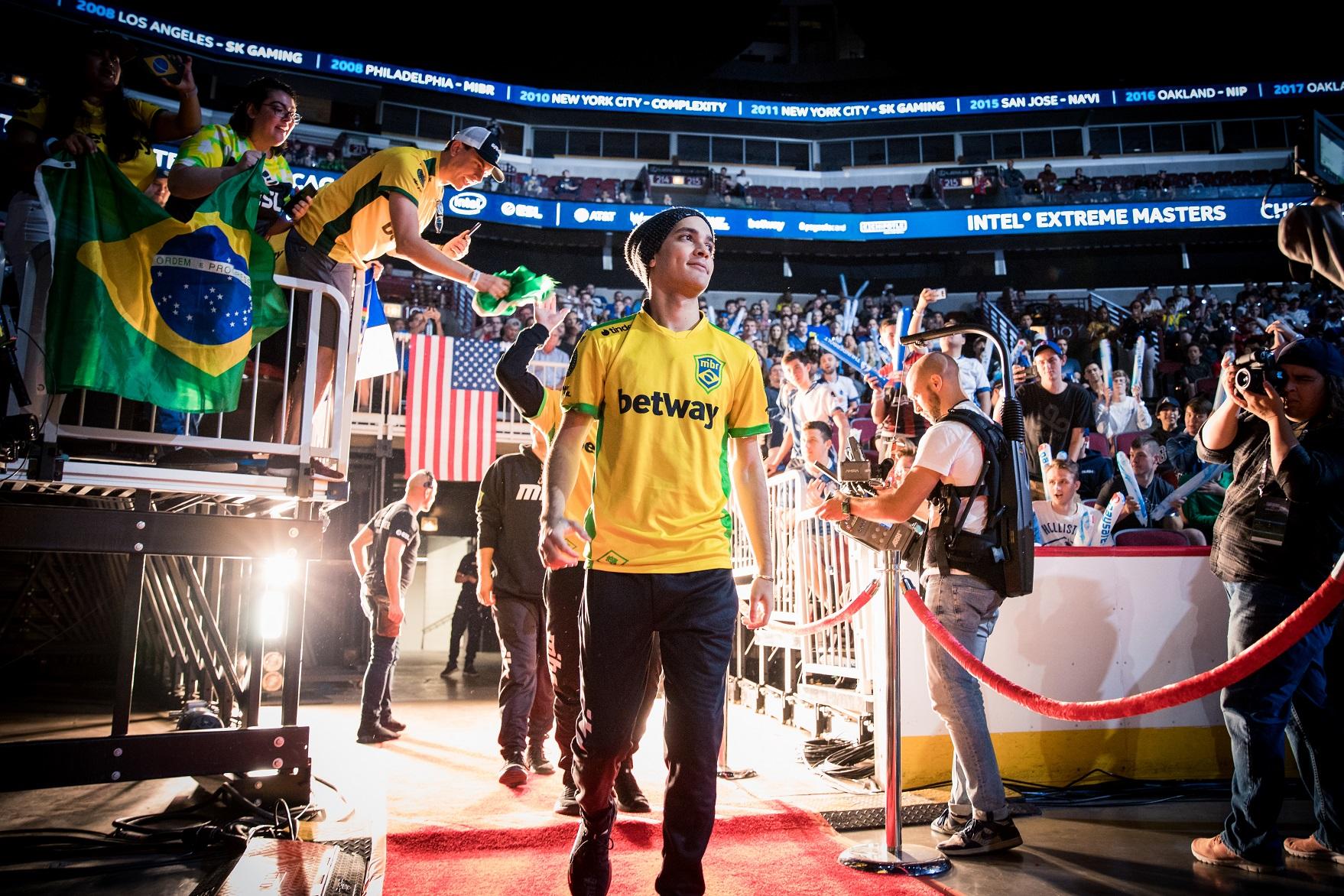 Helena Kristiansson for ESL
Helena Kristiansson for ESLTactical Impact
Tactical impact refers to how a player influences the game on a tactical level. This is where in-game leaders make their reputation, but it’s also the hardest to quantify. No one knows who made what call in any particular game. What’s more, correct calls don’t necessarily equate to winning the round. Conversely, leaders can make the wrong calls but still win the round anyway.
What’s more, tactical impact can only be understood in relation to the strategic components of the game. For instance, when Finn ‘karrigan’ Andersen led FaZe in 2017, he was criticized for not being as tactical as some of the other squads. This ignores the context of FaZe being filled with superstar players from disparate CS cultures. Their strategic win condition was to frag out and enable their superstar players to make big plays. Once FaZe tried to incorporate more structure and tactics into the team, it broke apart as playing that style was a poor strategic fit for the squad.
Beyond in-game leaders, there are small tactical actions every player makes throughout the round that can have a massive impact. The most obvious is Astralis’ utility usage as they’ve gotten their opening kills through HE grenades or often frustrate their opponents’ hits with well-timed smokes and mollies.
A more specific example is Fatih ‘gob b’ Dayik at PGL Krakow. Most people will remember the jump bug, but what they won’t remember is gob b’s disciplined utility usage. In one of the rounds against SK, gob b was playing at pit and saved his smoke till the end of the round. So when SK did an A-site hit and used a molly to flush the pit area, he used his own smoke to counter it. This forced SK into a tactically bad position as they had to go all the way down to pit to clear the position which opened them up to crossfires from the site.
Another underrated example is dev1ce’s consistency at saving the AWP. By saving the AWP, dev1ce increases the chances of opening picks in the following round and more weaponry down the line. While understated, this has sometimes resulted in an extra gun or smoke or flash which helped Astralis clinch the game later down the line.
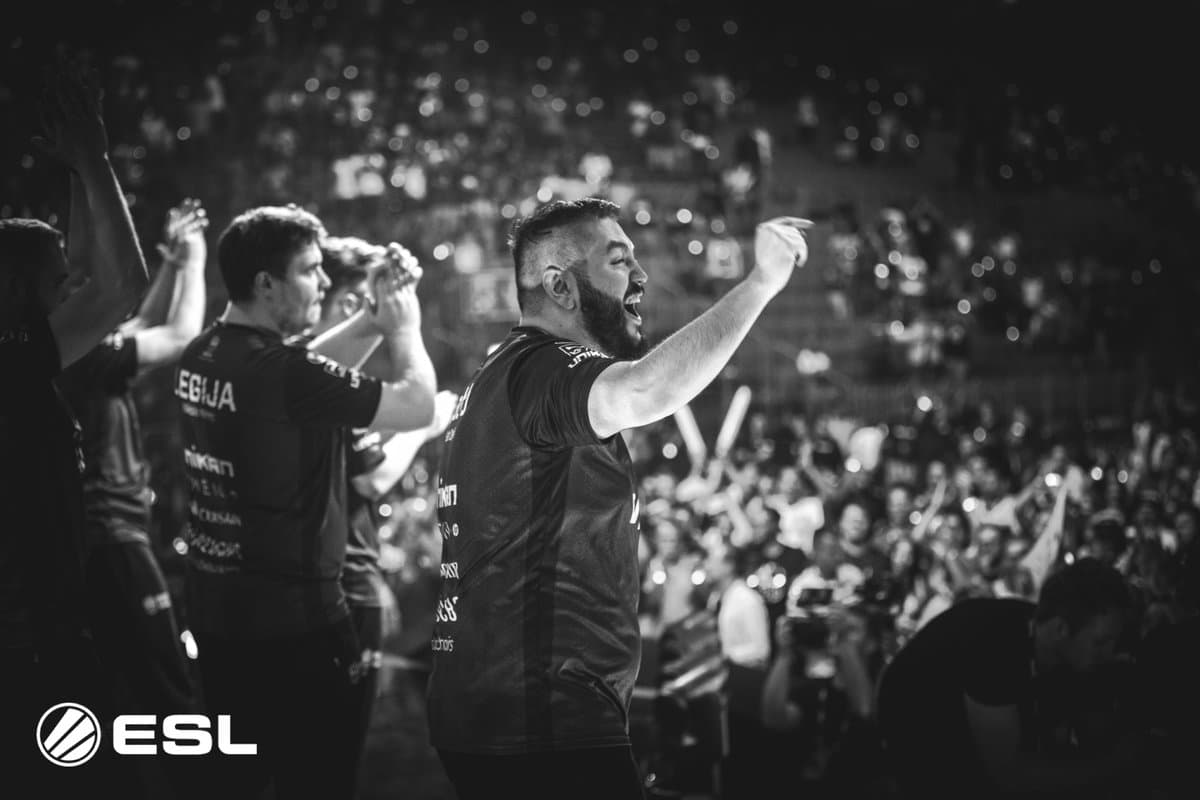 ESL
ESLReputational Impact
When a player gains notoriety, their reputation could potentially have an impact on the game itself. This is common throughout all competition as champions often levy their reputations to get away with more than people expect.
In 2016, Richard ‘shox’ Papillon had reinvigorated his form as one of the best players in the world. In the finals of ESL Proleague Season 3, he got away with an insane 1v4 overtime clutch against LG.
It was one of the strangest 4v1s I ever saw that LG lineup play as they were absolute masters of powerplay positions. However, shox’s form in that match and his overall reputation as a clutch god made them play the situation far too safely and shox was able to take that small mental advantage and convert it into a round victory.
Marcelo ‘coldzera’ David once explicated this idea to FalleN. FalleN did a Reflections with Duncan ‘Thorin’ Shields. In the video, FalleN told an anecdote about Coldzera where Coldzera said, “Coldzera said at the time, ‘The first match we play against them is the most important one. If we lose the first one, they will know they can beat us. Then it will start getting harder’.”
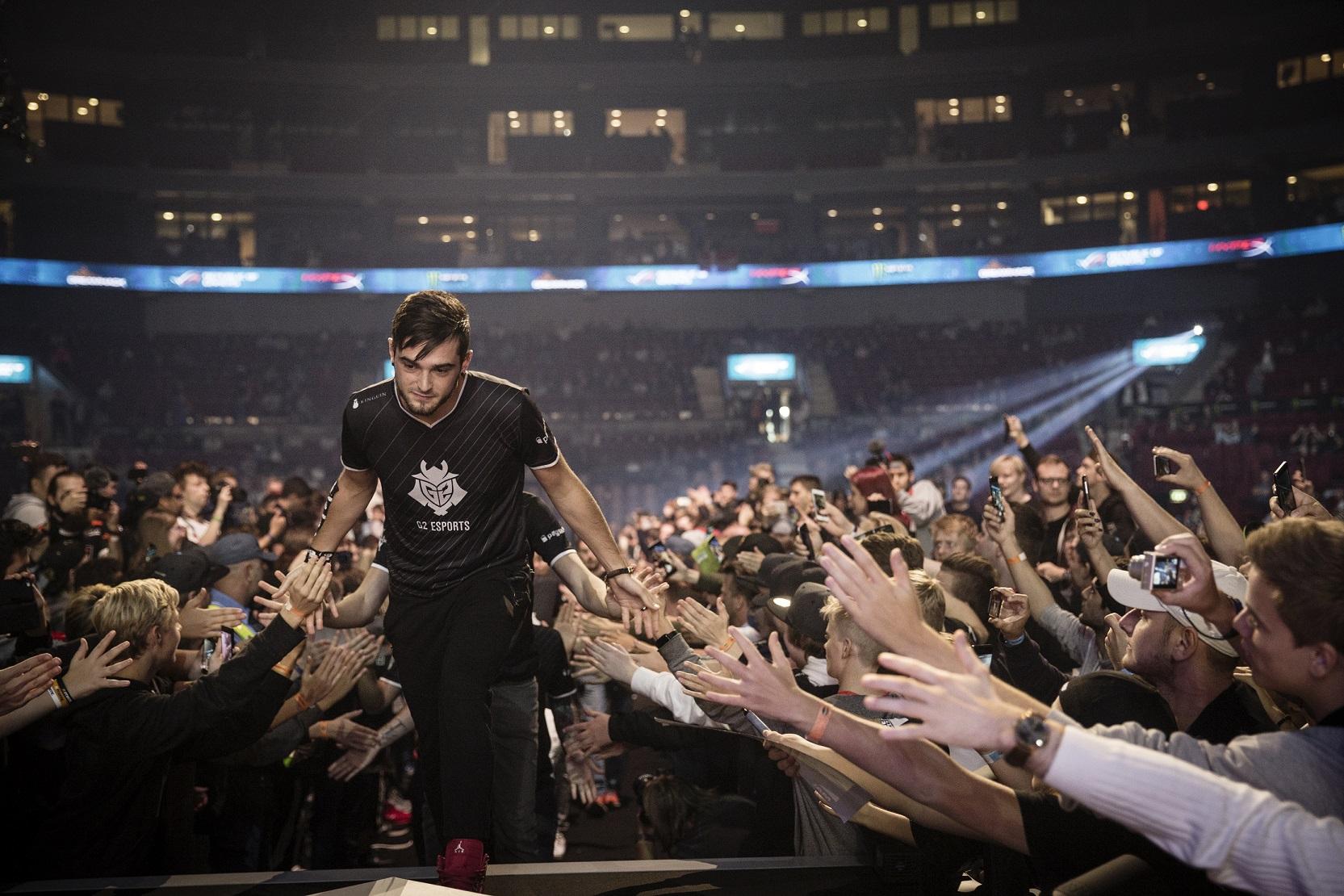 DreamHack
DreamHackThe most notable example in recent times is Andreas ‘Xyp9x’ Hojsleth. In the finals of the Katowice Major, he played against ENCE and won a 1v2 situation. Dev1ce and Lukas ‘gla1ve’ Rossander talked about the clutch after the game. Gla1ve was confused why Xyp9x could stay at the side of the train for so long as it was a bad position to play a 1v2. Dev1ce told gla1ve, “He[Xyp9x] said this after I asked him. They know it’s Xyp, I’m the clutcher. They are nervous at this moment. I’m gonna stand in a stupid spot because they’re not going to expect that.”
Exactly how much impact does a reputation have and how is that supposed to be quantified into a statistic? I don’t know.
Gravitational Impact
The last category of impact was something I created to describe the impact that s1mple had for Na`Vi in 2018. At that point in time, s1mple had the most impact of any player. He had the most multikills, pistol kills, won 1vX situations, had intangibles (like secondary calling), and had reputational impact.
His impact was so high that it felt like there was a gravitational force around s1mple during that time period. In many Mirage games, teams started to call based around s1mple as they avoided the A-site and hit B instead. It got to the point that s1mple had to sometimes play the B-site so that teams couldn’t exploit them in that way.
A more extreme example is the types of situations that s1mple often got himself into. He took extremely forward and dangerous positions that were simultaneously stupid and smart. They were stupid positions for anyone else in the world, but were smart in the context of what s1mple could do. If you had a player that could take the most extreme position on the map and ensure 2-3 kills without backup on a consistent basis, then that’s exactly how you should play him. An example of this was at ESL One Cologne 2018. In the 19th round of the match, s1mple went down connector solo and got a double kill with no backup. Na`Vi got away with bad setups or tactics that became good setups or tactics only on the premise that it was s1mple playing those particular positions.
While s1mple is the most extreme example of gravitational impact, we’ve seen other players fall into this category before. Namely players like Kenny ‘kennyS’ Scrhub, Nikola ‘NiKo’ Kovac, and most recently ZywOo.
Going into the future
The impetus of this article came from an interesting Twitter discussion between Paul ‘Redeye’ Chaloner and Ben ‘Noxville’ Steenhuisen. Stats are still in their infancy in CS:GO and perhaps one day we will get to the point where they become sophisticated enough to quantify the various ways we interpret impact.
Until then, I hope that this primer can help us see how players can impact their teams chances of winning outside of the traditional statistics we currently use.
